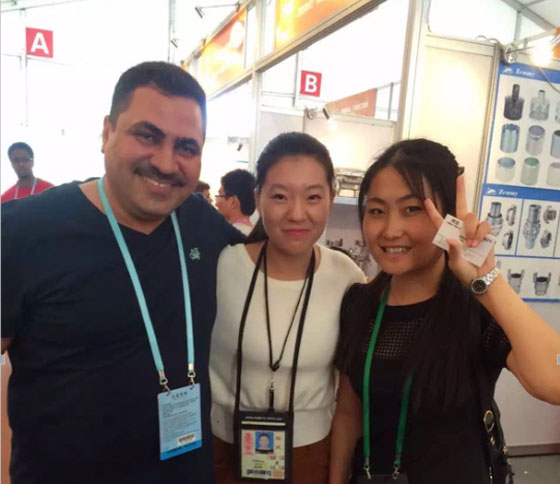What is the importance of aquaculture?

Fish and other seafood are good sources of protein. They also have more nutritional value, such as adding natural oils such as omega-3 fatty acids to the diet. In addition, since it provides white meat, it lowers blood cholesterol levels better than beef red meat.
Compared with other meat producing animals, fish are also easier to raise because they can convert more feed into protein. Therefore, it converts one pound of food into one pound of protein, making fish farming cheaper because they use food more efficiently.
Today, fish provides most of their daily animal protein for billions of poor people. The nutrients and trace elements provided by fish are essential for cognitive and physical development, especially for children, and are an important part of a healthy diet. In some of the poorest countries, fish is an affordable source of animal protein and the main source of nutrition, so the demand for this staple food is increasing. However, the supply of fish cannot meet the demand, and there is a serious shortage of fish in some of the severely poor countries where fish is most needed.
Increase job opportunities in the market
Globally, more than 250 million people directly rely on fisheries and aquaculture for their livelihoods, and millions of people are employed in the fisheries and aquaculture value chains in processing or marketing. Very poor people often rely on fisheries as their main source of income. With the reduction of fish resources, these small-scale fishermen are particularly vulnerable. Increased productivity in sustainable fisheries and aquaculture can become a driving force for rural development by reducing livelihood risks and promoting income generation and employment.
Aquaculture also saves fishermen’s time because they don’t have to spend all day fishing at sea. This gives them free time to engage in other economic activities, such as other businesses.
Reduce interference to the environment
By increasing aquaculture, especially fish farming, the demand for wild fish species is reduced. Therefore, it puts less pressure on the ecosystem and also reduces human interference.
The behavior of motor boats and other human influences, such as the removal of viable breeding fish, are all pressures on the aquatic ecosystem. Stopping these behaviors can make the ecosystem flourish and find their natural balance.
Type of aquaculture
Mariculture
Mariculture is aquaculture that involves the use of sea water. It can be cultured in a part of the ocean next to the ocean, or it can be cultured in a pond separate from the ocean, but it also contains seawater. The creatures cultivated here range from molluscs to shellfish such as shrimps, and even marine products such as seaweed.
Planting seaweed and other plants is also part of mariculture. These marine plants and animal species have found many uses in manufacturing. For example, in cosmetics and jewelry, the collagen in seaweed is used to make face creams. Pick pearls from mollusks and make fashions.
Fish farming
Fish farming is the most common type of aquaculture. It involves the selective breeding of fish in fresh water or sea water with the purpose of producing a source of food for consumption. Fish farming is highly developed because it can produce cheap sources of protein. And you can see the fish feed machine in LIMA.
In addition, fish farming is easier than other farming methods, because the fish do not need to be cared for, only food and proper water environment and temperature are needed. In this process, less land is occupied, because the pond area required to grow some fish species (such as tilapia) is much smaller than the space required to grow the same amount of beef cattle protein.
Multi-nutrient Integrated Aquaculture (IMTA)
IMTA is an advanced aquaculture system in which different nutritional levels are mixed into the system to provide each other with different nutritional needs. It is worth noting that it is an efficient system because it tries to imitate the ecosystem that exists in the natural habitat.
IMTA utilizes these resource transfers between tropics and uses waste from large organisms as a food source for small organisms to ensure maximum utilization of resources. This approach ensures the recycling of nutrients, that is to say, there is less waste in this process and more products are produced.
Inland pond culture.
This usually involves inland artificial ponds of about 20 acres and about 6-8 feet deep. It is common to connect the aeration system to the pond to introduce air into the pond. This can increase the supply of oxygen and reduce freezing in winter.
In China, more than 75% of farmed freshwater fish are produced in constructed ponds, and in the United States, almost all farmed catfish are raised in ponds.
Open-net pen and cage system
Open-net pen and cage systems are often found in offshore and freshwater lakes. A net cage (fence) of 6 to 60 cubic feet is installed in the water with the fish inside. With the high concentration of fish stocks, waste, chemicals, parasites and diseases are often exchanged in the nearby water environment. The system uses public water; therefore, environmental regulations and some licensing agreements must be complied with.
We receive enquiries in English, Español (Spanish), Русский язык (Russian), Français (French) and العربية (Arabic). Our professional team will reply to you within one business day. Please feel FREE to contact us!



